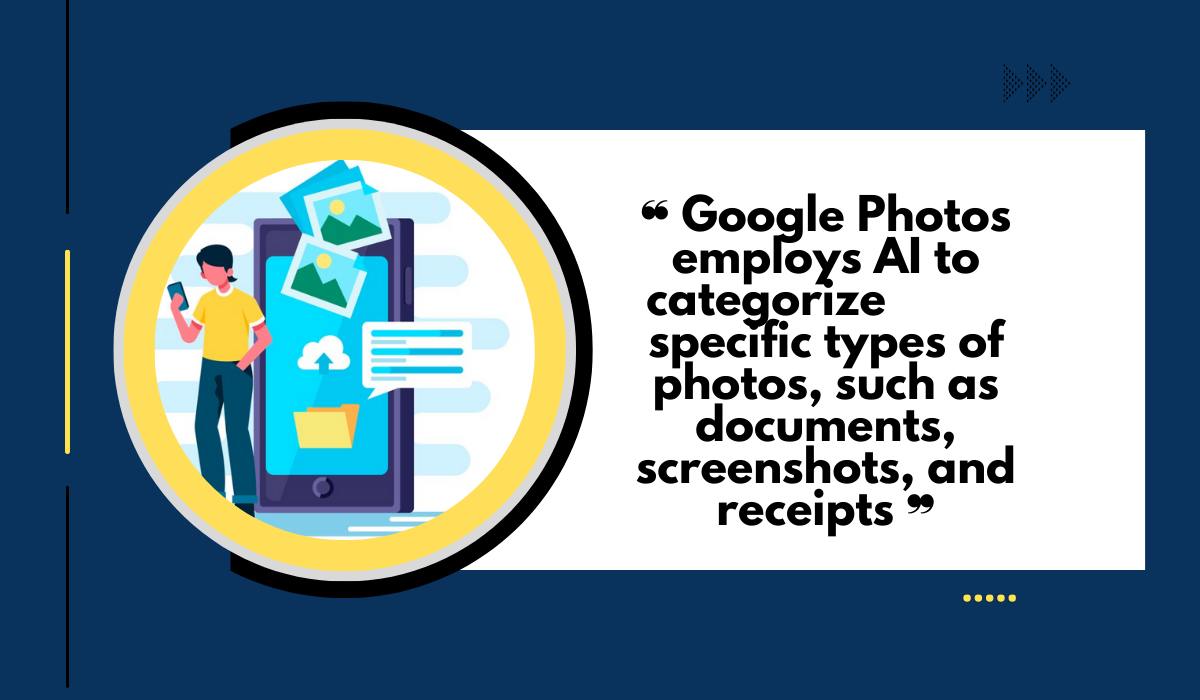
Google Photos is introducing a range of new features powered by artificial intelligence (AI) to streamline the organization and categorization of photos for users. One notable addition is the implementation of "Photo Stacks," where AI identifies the best photo from a series taken together and designates it as the top pick of the stack, reducing clutter in users' Photos galleries. Another AI-driven feature focuses on recognizing and categorizing specific types of photos, including screenshots and documents, while allowing users to set reminders for those images.
With Photo Stacks, Google Photos users have the flexibility to manually select their preferred photo as the top pick or disable the feature altogether. However, leaving the feature enabled enables Google Photos to automatically organize galleries by hiding multiple photos of the same moment behind the top pick of the stack, resulting in a neater appearance. The feature leverages signals that assess visual similarities to group related photos captured closely in time.
This innovative approach addresses the common issue of clutter in users' galleries, as Google notes that a significant portion of galleries consists of similar photos. While the stacked photos remain accessible, they are hidden from immediate view. To view them, users can tap on the stack and horizontally scroll through the other images.
Additionally, Google Photos employs AI to categorize specific types of photos, such as documents, screenshots, and receipts. By using optical character recognition (OCR) signals, the system recognizes screenshots and documents, placing them into dedicated albums. Users can also set reminders alongside these categorized images. An option to automatically archive screenshots and documents after 30 days is available, keeping them accessible from their designated albums for reference while decluttering the main gallery.
These AI-powered features enhance the user experience by efficiently organizing and categorizing photos, reducing visual noise and making it easier for users to locate and manage their images.